Beyond our solar system, James Webb Space Telescope snaps 'Mini Neptune'
The James Webb Space Telescope, renowned for its space science observations, has captured images of a peculiar planet known as GJ1214b, aka 'Mini Neptune', located outside our solar system
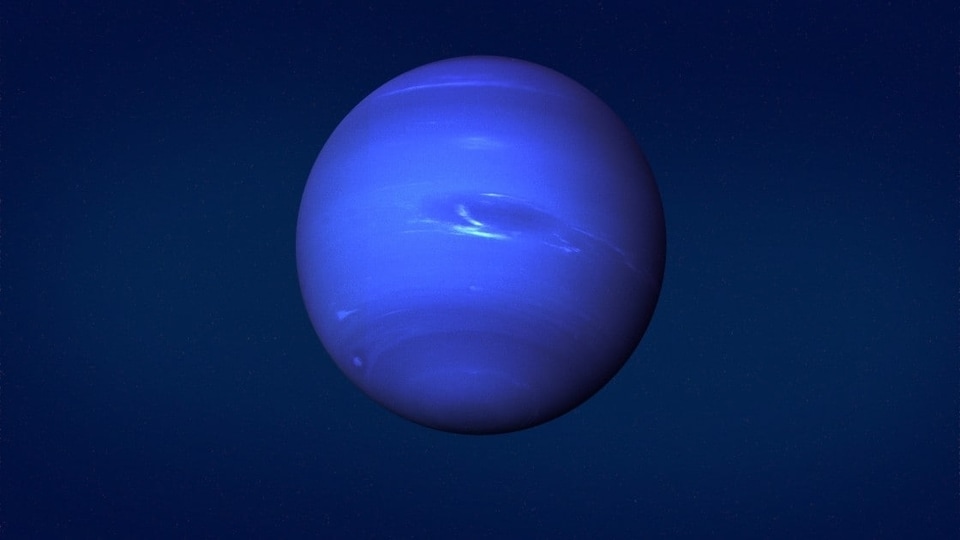
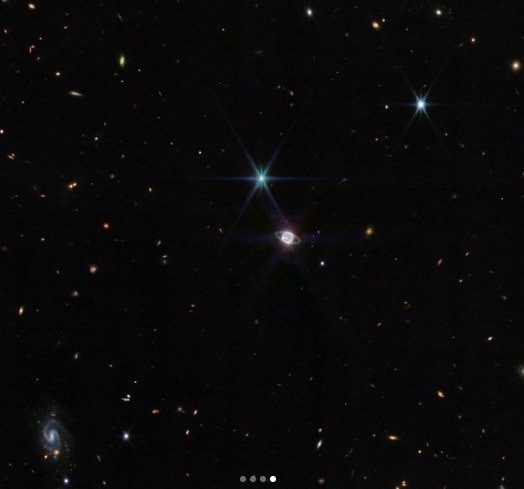
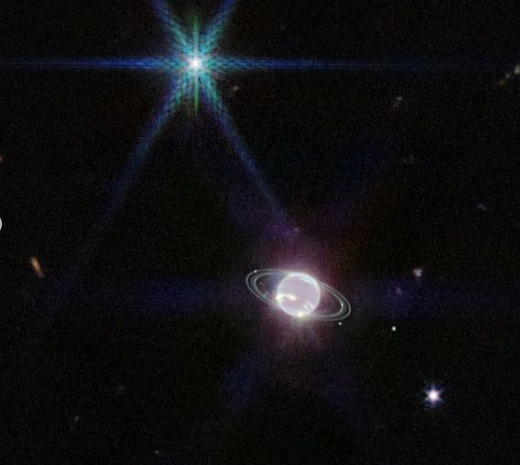
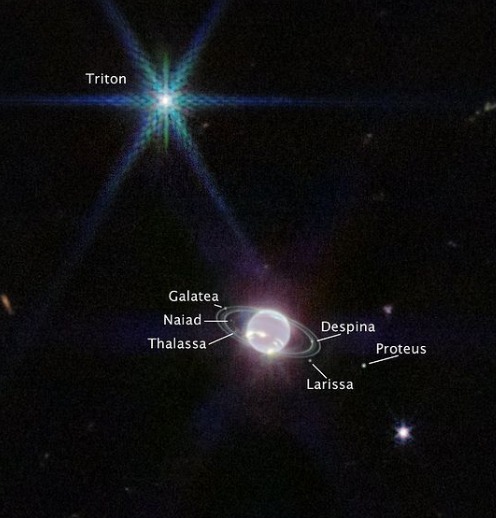
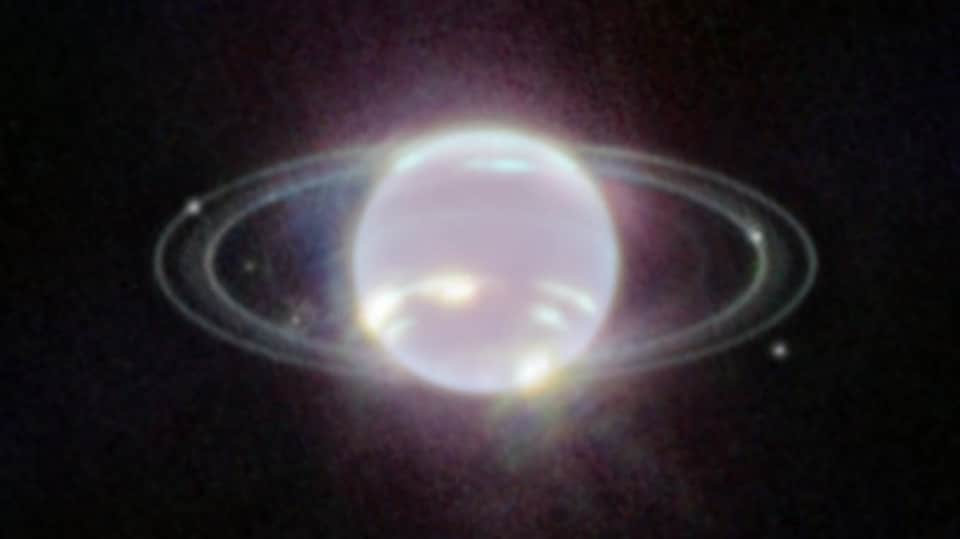
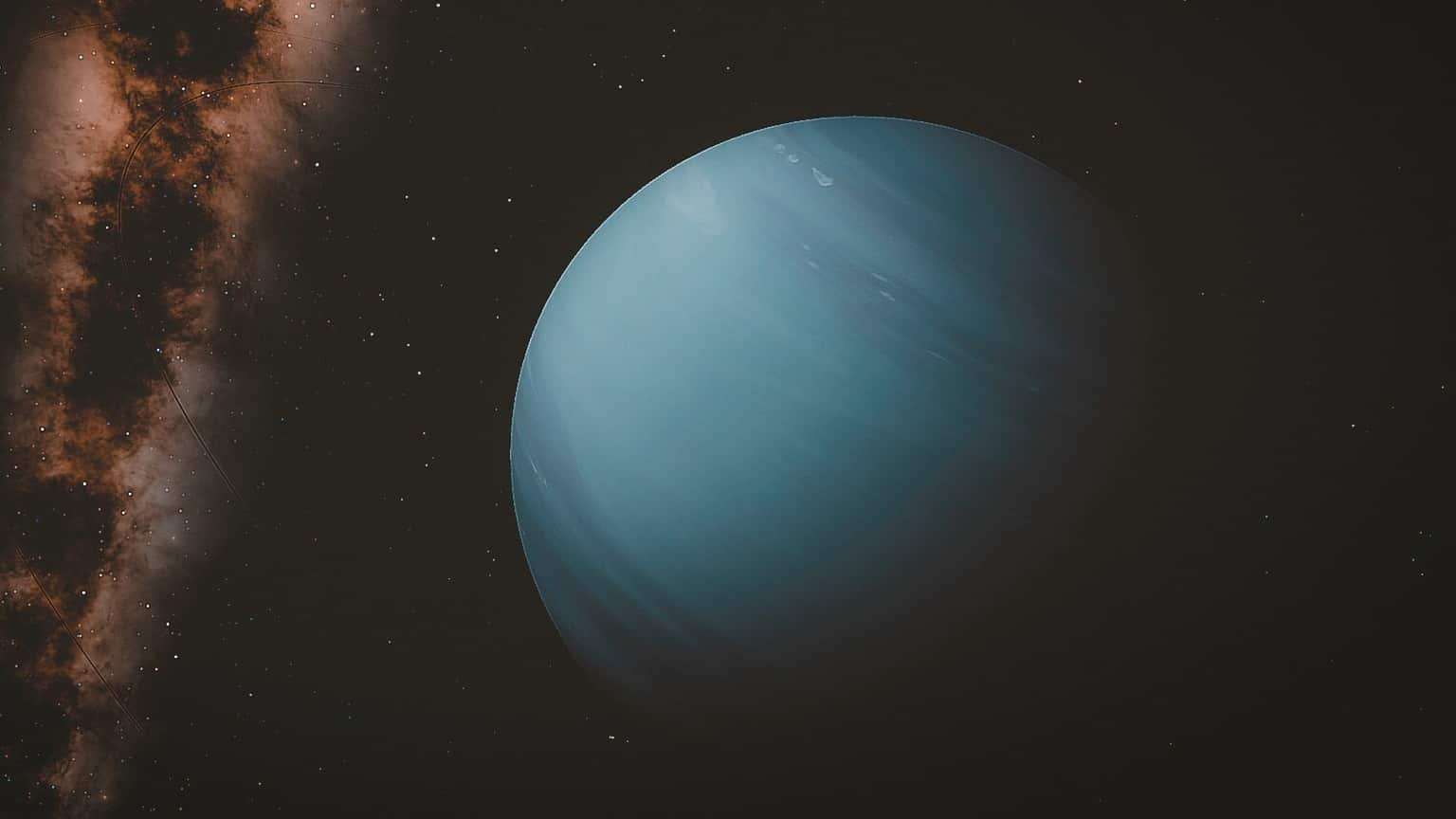
 View all Images
View all Imagesjames webb space telescope, james webb telescope, james webb telescope neptune, neptune, mini neptune, GJ1214b, space science, space science observatory, galaxies, stars, water world. Telescope captures mini neptune.
The James Webb Space Telescope, rthe world's leading space science observatory, has made a significant discovery. It has snapped a mysterious planet outside our solar system known as GJ1214b. The telescope's amazing capabilities allow it to peer back into time into the universe's past, reaching as far back as approximately 250 million years and potentially, even up to 100 million years following the Big Bang, when the formation of the first stars and galaxies began.
GJ1214b, the planet under scrutiny, possesses a distinctive atmosphere characterised by a steamy environment with a significant concentration of vapour. This extreme heat renders the planet inhospitable to liquid water oceans. "The planet is completely shrouded by some form of haze or cloud layer. The atmosphere remained entirely concealed from our view until this recent observation," affirmed Eliza Kempton, lead author and researcher at the University of Maryland.
Kempton speculated that, during its formation, GJ1214b might have been a "water world" containing substantial amounts of icy and watery materials if it indeed boasted a water-rich composition. Her findings were published in the journal Nature.
To overcome the challenge of penetrating such a dense barrier, the research team adopted an innovative approach. In addition to capturing the filtered light from the planet's atmosphere as it passed in front of its host star, they utilised the James Webb Space Telescope's Mid-Infrared Instrument (MIRI) to track GJ1214b throughout the majority of its orbit. This technique generated a "heat map" of the planet, which unveiled both its illuminated day side and the obscured night side. The temperature readings ranged from 279 to 165 degrees Celsius.
Kempton further explained that such a significant temperature shift is only possible in an atmosphere primarily composed of heavier molecules like water or methane, which exhibit similar characteristics when observed via MIRI. Consequently, the planet's atmosphere does not predominantly consist of lighter hydrogen molecules.
Surprisingly, GJ1214b was found to be relatively cooler than anticipated by human standards. Kempton attributed this discrepancy to the planet's unusually reflective atmosphere, which reflects a substantial portion of its parent star's light instead of absorbing it, preventing the planet from becoming hotter.
Dubbed "Mini-Neptunes" or "sub-Neptunes," these types of planets are the most prevalent in the galaxy but remain enigmatic to us due to their absence within our solar system. Initial measurements indicate that they share resemblances with a scaled-down version of our own Neptune. With further observations, researchers hope to unravel more secrets surrounding these intriguing celestial bodies.
Catch all the Latest Tech News, Mobile News, Laptop News, Gaming news, Wearables News , How To News, also keep up with us on Whatsapp channel,Twitter, Facebook, Google News, and Instagram. For our latest videos, subscribe to our YouTube channel.































